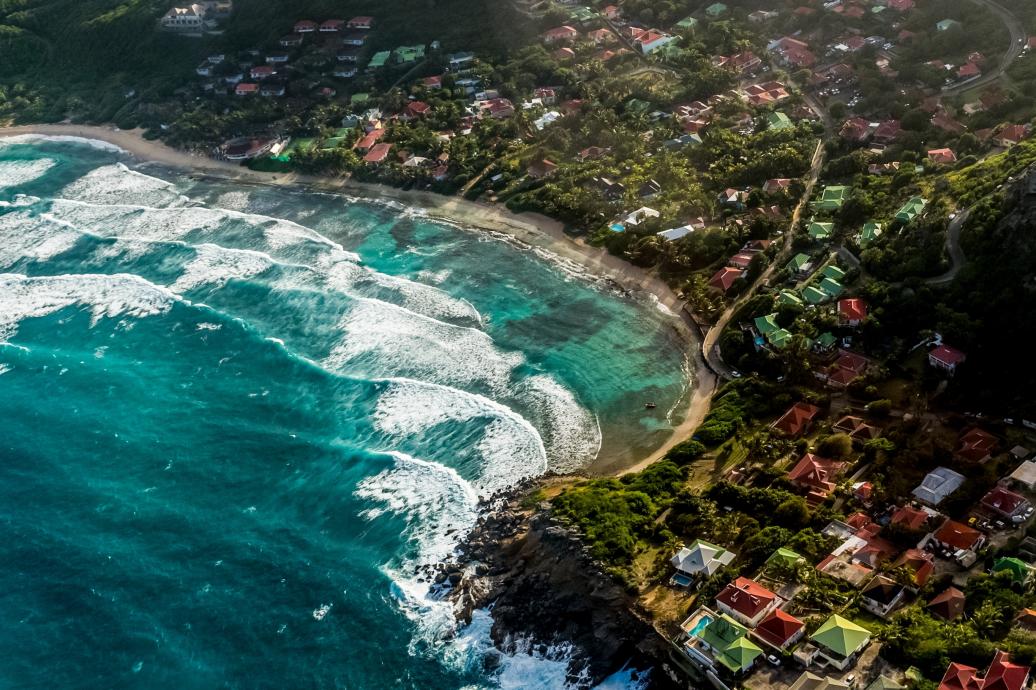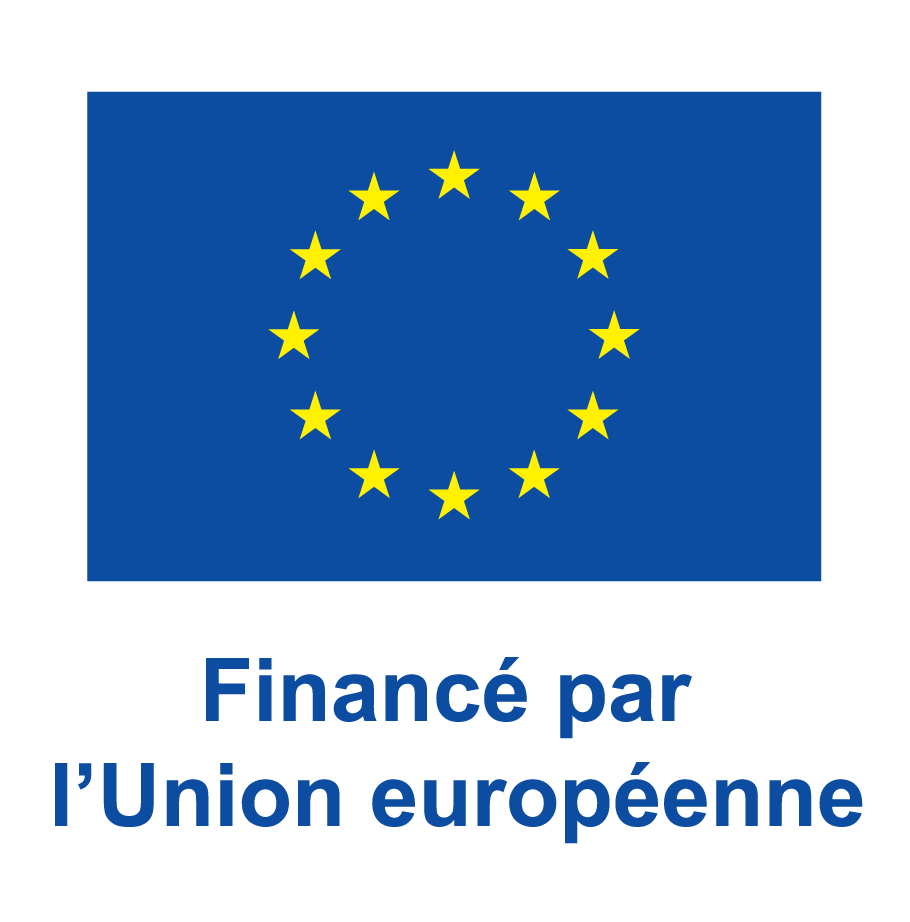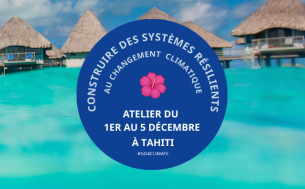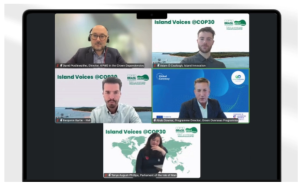
Publié le 30/05/2025, mis à jour le 02/06/2025
Overseas Countries and Territories on the Frontline for Tomorrow’s OceansBiodiversity, Innovation and Resilience at the Heart of Blue Transitions
-
At European Union level, the blue economy generated over €623 billion in sales in 2021, contributing €171 billion in gross added value and employing 3.6 million people. While these figures testify to the growing importance of the sector, they still underestimate its real impact, not least due to the lack of consolidated data on emerging sectors (such as blue biotechnology, marine renewable energies, desalination, etc.) and the indirect effects on value chains.
Since the COVID-19 pandemic, the sector has shown strong resilience, with a marked recovery from 2021 onwards. Some sub-sectors, such as marine renewable energies, have experienced exceptional growth. However, this dynamic remains vulnerable to geopolitical tensions, energy price inflation and the increased exposure of coastal areas to the effects of climate change - particularly in island and outermost regions.
-
In this context, the Overseas Countries and Territories (OCTs), endowed with exceptional marine biodiversity and vast Exclusive Economic Zones (EEZs), play a sentinel role on the front line of the transition to a sustainable blue economy. Yet their ecological and financial vulnerability remains critical, calling for adapted strategies in terms of climate finance and ecosystem protection.
-

This note covers 25 European and British overseas countries and territories located in the Atlantic, Caribbean, Pacific, Polar and Indian Ocean regions. Given the vast geographical distribution and administrative diversity of these territories, standardized and comprehensive data are often unavailable or inconsistent. Consequently, the data presented in this note are derived from a mix of institutional sources and proportional estimates based on the best available evidence.
The main sources used include the European Union's Blue Economy reports, as well as technical documents from the UK Blue Belt program run by the Foreign, Commonwealth and Development Office. French territories rely on marine economic data compiled by IFREMER, particularly for Saint-Pierre-et-Miquelon, Wallis and Futuna and French Polynesia. Other references come from regional fisheries and tourism institutions, such as the FAO, the Pacific Community and the Caribbean Tourism Organization, as well as from scientific and grey literature.
In territories where specific statistical data are not available, the data are based on the following factors In territories where specific statistical data are lacking, the analysis is based on indicative estimates. These are informed by comparisons with territories of similar profile and thematic reports. Estimated percentages concerning the weight of sectors - such as marine tourism or fishing - do not represent formal shares of GDP. Rather, they reflect the relative importance of each sector in the structure of the local blue economy.
This methodology has several limitations. This methodology has several limitations. Firstly, many territories do not publish disaggregated or up-to-date data on their marine sectors. Secondly, population sizes and levels of economic autonomy vary considerably, making direct comparisons imperfect. In territories that are uninhabited or administered for military purposes, such as the British Antarctic Territory or the British Indian Ocean Territory, activities are assessed in terms of research and conservation rather than economic production. -
The European Commission defines the blue economy as "all economic activities linked to the oceans, seas and coasts, including the direct and indirect support activities necessary for its operation". It refers to all economic activities linked to the oceans, seas and coastal zones - from historic sectors such as fishing and maritime transport, to emerging sectors such as marine renewable energies, marine biotechnology and marine environment monitoring.
The sector is experiencing rapid growth on a global scale. The sector is experiencing rapid growth worldwide. According to the OECD, the blue economy is already worth $1,500 billion, a figure set to double by 2030. This dynamic makes it a major source of economic opportunities, particularly in terms of growth, jobs, income and the transition to sustainable systems, provided that the marine ecosystems that underpin it are preserved.
The European Union recognizes this economy as one of the most dynamic in the world. The European Union recognizes this economy as a pillar of its ecological transition and global competitiveness. Thanks to its overseas territories, France has the world's 2nd largest maritime area (nearly 11 million km² of EEZ), giving its blue economy a unique potential, both in terms of growth and environmental responsibility. According to the French Maritime Economic Data 2021 published by IFREMER, the blue economy represents 1.5% of French GDP, or over 40 billion euros in added value, and around 525,000 jobs, corresponding to 1.8% of national employment. This economic weight is comparable to that of major maritime powers such as Germany and the United States. However, it remains lower than that of countries such as the United Kingdom, which shares a long coastline and a vast EEZ with France.
On a European scale, France's contribution to the global economy is a significant one. On a European scale, France's contribution to the blue economy accounts for around 9% of jobs and 12% of gross value added, still less than its overall economic weight in the European Union, where French GDP represents 17% of the total. This gap underscores France's still-under-exploited potential in this strategic sector, particularly through its outermost territories.
The OCTs play a pivotal role in the development of this sector. The OCTs play a central role in this dynamic. Endowed with exceptional marine biodiversity - coral reefs, mangroves, endemic species - they are both reservoirs of life and vulnerable territories in the face of climate change, rising sea levels, pollution and overexploitation of fishery resources. They present contrasting maritime economic profiles depending on their region, but share a strong dependence on the blue economy for their sustainable development, food security and socio-ecological resilience. -
In the Pacific region, the blue economy relies mainly on food and artisanal fishing, essential to local food sovereignty, particularly in Wallis and Futuna and French Polynesia. Marine tourism, although present, is often small-scale and focused on ecotourism and the valorization of traditional knowledge. The region is also distinguished by pearl farming (Polynesian black pearls), large-scale marine protected areas (such as the Coral Sea Park in New Caledonia), and the emergence of innovation sectors such as marine biotechnology or reef ecosystem research.
In the Atlantic, artisanal fishing remains a central component, particularly in Saint-Pierre-et-Miquelon. Territories in this region, such as Saint-Hélène and Tristan da Cunha, have made marine conservation a key focus, with extensive protected areas and increased fisheries surveillance efforts as part of the UK's Blue Belt program. Blue tourism is still marginal, but is developing, particularly through marine wildlife observation and scientific tourism.
The territories of the Caribbean present a blue economic model largely dominated by coastal and marine tourism, which constitutes the main source of foreign currency. Territories such as the British Virgin Islands, Saint Martin or Bonaire rely heavily on activities such as yachting, scuba diving and cruises. However, this specialization is accompanied by heavy pressure on coastal ecosystems, often exacerbated by urbanization, extreme weather events and limited resource management capacity. The artisanal fishing and conservation sectors are present, but remain in competition with land and tourism issues. -
The European and British OCTs possess a marine heritage of exceptional ecological value, spread over exclusive economic zones covering several million square kilometers.
Although their populations are small, these territories concentrate a disproportionate share of the world's biodiversity, home to unique ecosystems, endemic species, and some of the best preserved natural environments on the planet. They act as sentinels of the world's biodiversity, providing refuges for threatened species and reservoirs of essential ecosystem services. In the Pacific, the coral reefs of the French Polynesia and New Caledonia archipelagos are among the largest and most diverse in the world. Polynesia is famous for its turquoise lagoons, reef sharks, rays and colorful tropical fish. New Caledonia is home to the world's largest enclosed lagoon, a UNESCO World Heritage site, and more than 400 species of coral.
In the South Atlantic, the French and British sub-Antarctic islands are sanctuaries for millions of seabirds (albatrosses, king penguins) and marine mammals (elephant seals, sea lions, whales). These areas, among the most remote and inaccessible on the planet, are also crucial for scientific research into the effects of climate change in the southern oceans. In the Arctic, Greenland is a hotbed of polar biodiversity. Its cold waters are home to emblematic species such as the narwhal, walrus, harp seal and polar bear. The fjords are also home to unique cold-water corals and benthic communities, threatened by melting ice and ocean acidification.
In the Caribbean, the reefs are home to a wide range of species. In the Caribbean, the coral reefs, mangroves and seagrass beds of the British Virgin Islands, St. Barts and Bonaire offer a remarkable diversity of tropical fish, sea turtles and invertebrates. These ecosystems provide vital functions such as coastal protection, carbon regulation and artisanal fishing. In Bonaire, for example, the effective management of the national marine park has led to the partial restoration of coral reefs and the revival of ecotourism. -
Overseas Countries and Territories face a paradox: despite being rich in marine biodiversity and strategic ecological value, they often lack the financial tools and institutional access needed to protect these assets. Their political status - not sovereign, but autonomous - places them outside many of the global financial channels available to developing countries, such as the Green Climate Fund (GEF) or the Global Environment Facility (GEF).
The EU remains the main donor for many OCTs. Thanks to the NDICI-Global Europe instrument, the OCTs can access funding via regional envelopes (Caribbean, Pacific, Polar) and thematic programs on climate, biodiversity and ocean governance. Programs such as LIFE, Horizon Europe, and the BlueInvest platform offer additional windows for nature-based solutions, research and sustainable business models in marine sectors. The Green Overseas program is one of the few schemes specifically designed for OCTs, facilitating planning, capacity-building and access to other funds.
While OCTs are not always directly eligible for major global environmental funds, they can nonetheless access such financing by collaborating with accredited entities. For example, the Global Environment Facility is accessible through regional projects or via partner non-governmental organizations. The Adaptation Fund and the Green Climate Fund can also be mobilized through recognized intermediary institutions. In parallel, a number of UN programs, notably UNEP and UNDP, provide support for marine protected areas and resilience strategies. However, an institutional advocacy effort is essential to ensure that OCTs are formally recognized as eligible entities, or that they benefit from specific mechanisms within these financial arrangements.
For French territories, funding can be mobilized via AFD through climate resilience and biodiversity programs, sometimes in co-financing with EU or global funds. For UK territories, programs such as the Blue Belt Programme or Darwin Plus provide essential resources for marine research, protection and community engagement.
New approaches such as blue bonds, debt-for-nature swaps, and carbon markets linked to blue carbon (mangroves, seagrass beds) offer emerging opportunities. For example, sovereign blue bonds issued by island states such as Seychelles offer a replicable model for larger OCTs. Partnerships with development banks and philanthropic players can enable pilot projects to flourish, with joint objectives of conservation and economic profitability.
Private investment remains rare but is essential to drive innovation forward, particularly in sustainable tourism, aquaculture and marine biotechnologies. The creation of marine incubators, public-private partnerships (PPPs) and local green finance platforms can help mobilize resources aligned with biodiversity objectives.
The chart below presents an indicative estimate of the annual funding requirements to ensure the preservation and sustainable enhancement of marine biodiversity in the European and UK OCTs. This estimate aggregates needs identified in several key areas of intervention, based on existing reports, regional initiatives and extrapolations by ecosystem or project type. Funding requirements for preserving and sustainably enhancing marine biodiversity in the OCTs are estimated at over 100 million euros per year.








